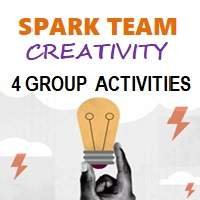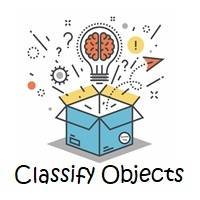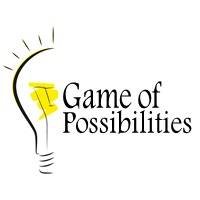
4 group activities to spark team creativity
Spark team creativity to see things from different perspectives and try new approaches to solving problems, generating ideas and working with others. A creativity exercise is an inventive endeavor focused on building creative skills, like communication and innovation, rather than improving a specific creative ability, like painting or dancing.
In this article, we explain 4 creative thinking exercise you can try with your team. With these fun and entertainment exercises you can spark team creativity … go ahead!
101 Uses for a dried-up pen

101 Uses for a dried-up pen is a creative thinking activity that encourages people to rethink the uses that can be given to a common object: a pen! For this game you have to form teams of four or five people, it will depend on the number of participants in the large group.
The participants get together and draw a pen on a piece of paper to brainstorm all the possible uses of the pen. It is important that someone in the group records all the ideas that come up on a piece of paper.
Members must think “outside the box” to run the game successfully. 3 minutes are allotted for each team to think and write down all the uses of a pen, they can name common uses and other unusual uses.
For example, some unusual uses could be using the pen as a ruler or even a drink stirrer. The team that submits the longest list wins the game!
The concept of this game can be applied to other topics, for example writing, and challenge members to “see” a literary work in a different light, to think of different lenses or angles through which to analyze.
Moment of Reflection
- Why do you think it is interesting to think about the non-conventional use of a pen?
- Was it difficult for you to change your way of thinking about an object of everyday life?
- Can imagination or creativity be used to address other problems or situations in everyday life?
The 30 Circles Challenge

This activity is called The 30 Circles Challenge, and it is an icebreaker designed to encourage creative confidence. It is a great activity to start a brainstorming session, or a session to solve a complex problem.
Give each participant one of the 30 Circles worksheets and something to write with. Ask them to turn as many of the circles as possible into a recognizable object in 3 minutes.

You can give the example of a sun or a smiling face, but give no other instructions.
After 3 minutes, compare results! Ask how many people filled in 10, 15, 20 or more circles? Ask for some examples. Did participants use patterns (for example, multiple sports balls)? Did anyone “break the rules” and combine circles?
Share and reflect what similarities there were and encourage collaboration. The motive behind the 30 circles is to stop yourself from self-censoring.
When you go for quantity, you don’t have time to think your idea is bad, you can edit later. This is the stage where creativity flourishes.
Moment of Reflection
- Were the rules stated clearly? Did anyone assume the rules were more strict?
- If you “broke the rules,” how did you feel while you were doing it? Did you get worried the circles wouldn’t count?
- Did you get stuck? What helped you break through, or what kept you from moving forward?
- How can this activity help us think about how to be creative with our ideas in general?
The Classify Objects Game

The Classify Objects activity leads to a discussion on how to work outside the box for solutions to problems that seem wholly unrelated.
Collect a variety of objects and put them in the center of a table. The broader the variety, the better.
For example office supplies, dinnerware, jewelry, toys, game pieces, etc. Aim for at least 20 different objects. The goal is to collect items that, at first glance, have no apparent connection.
Break the team into groups, giving each group a sheet of paper and pen. Make sure they have a clear view of all the objects.
Instruct them to classify the objects into four groups, writing down the groupings on their sheet of paper. They should not let the team groups hear what they are doing.
When the time is up, have a spokesperson for each group reveal how they classified the objects, and why. Reasons might vary, from the function of the object to how it looks, or the material it is made of.
This exercise promotes teamwork and creative thinking, but it also encourages your team to rethink how they view everyday objects. They are forced to look for commonalities in otherwise unconnected objects.
The Game of Possibilities

The Game of Possibilities is one that comes up fairly frequently in discussions about great team-building games. It’s almost like a form of the popular game charades that revolves specifically around random objects.
This activity is a great way to bring out your team’s quick thinking and extreme creativity. All you need is to gather a set of random objects.
Every person in groups is given an object and must demonstrate the alternative way to use it. The other group must guess what function they are acting out.
Collect one office object for each participant. Office objects may include: pen, stapler, tape, coffee mug, etc.
Distribute one office object to each participant. Provide one-minute for participants to brainstorm as many new ways as possible to use their office object.
They should not think about the traditional uses of objects. They have to write creative ideas.
Each participant will demonstrate the various uses they can think of for the assigned object. Participants are only allowed to act out or demonstrate non-verbally their list of creative purposes.
Others are left to guess what the demonstration is meant to show.
The game itself is helpful in getting team members used to communicating with each other and thinking creatively. The exercise is also a great way to energize a team before a brainstorming session or team meeting.


